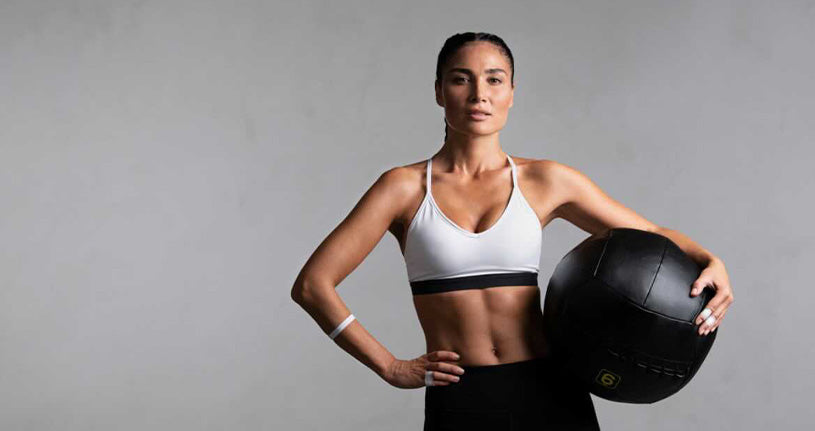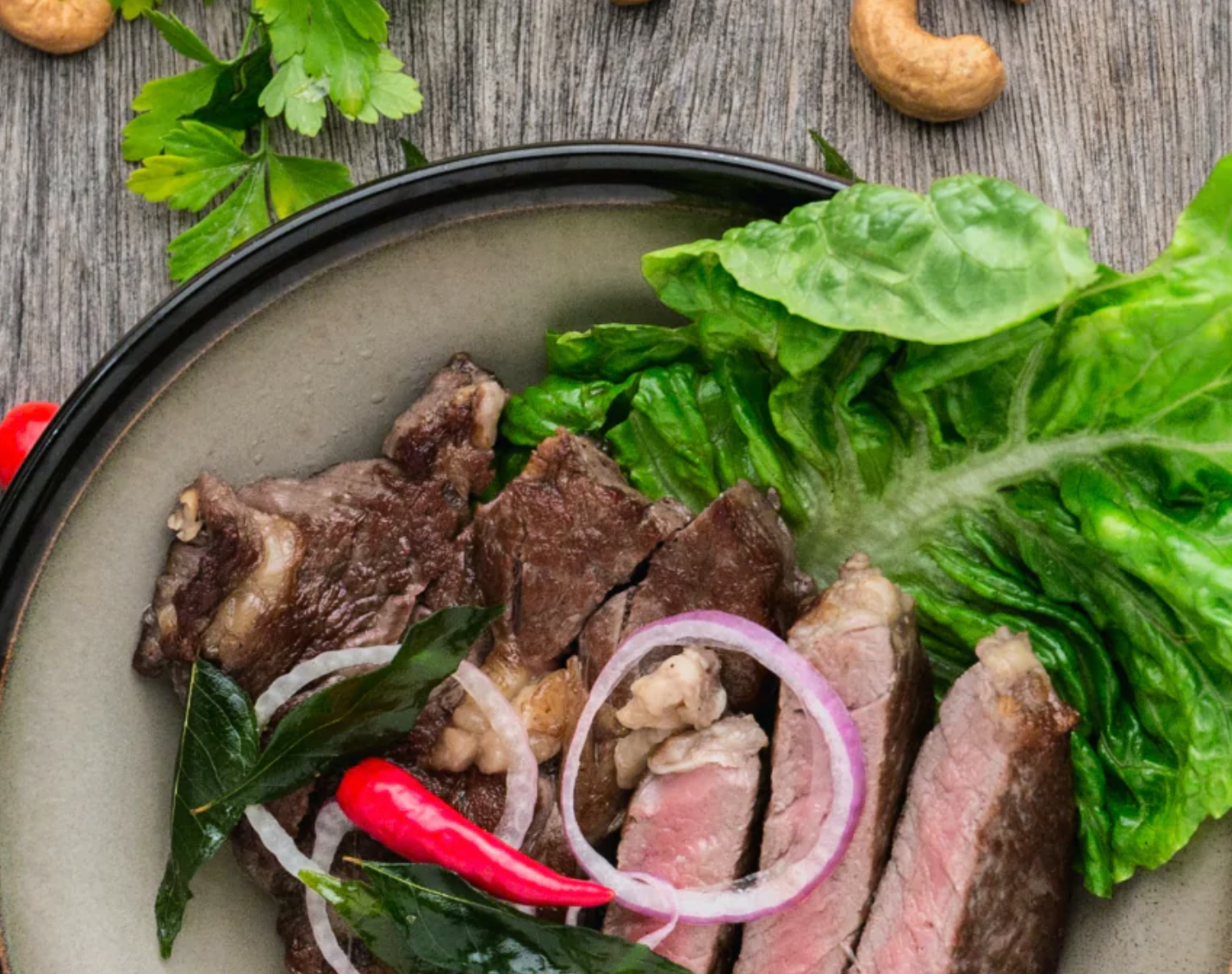How to increase your protein intake
I’ve often found that clients can have greater difficulty with increasing their protein intake, than they expect to have. Before we discuss how to increase your protein intake, let’s briefly let’s run through why you should increase your protein intake.
Which foods are protein foods?
Fish, meat, eggs and cheese are great, very highly absorbed, non-vegan sources of protein, whereas pulses – lentils, chickpeas, various forms of beans – as well as nuts and seeds, can be fabulous vegan sources of protein. Then we have the more hidden sources of protein, foods that contain a small amount of protein and that on their own, won’t provide a lot, but when combined with another, create a more complete source of protein, where the sum of the 2 combined sources is far greater than eating them separately, even if on the same day. Under this category, examples include wholegrain/wild rice, dark pumpernickel bread, and some nuts – peanuts are particularly effective. Combining these sources of protein with beans or eggs provide what we call a higher amino acid profile – in short, you’re now food combining.
How much protein do we need and how much more do you need to increase your daily intake by?
Most of my clients, albeit not all, are simply not eating enough protein. We don’t need huge amounts, however protein is the only food group that builds our lean body mass, from skin, nails and hair, to muscle and bone. The enzymes that break down our food, hormones and organs such as the heart and the brain, all require protein, or more specifically, amino acids, to exist. Aging causes the loss of protein or lean body mass from our bodies; excess stress, exercise, and a lack of sleep all cause our bodies to eat even further into our protein reserves, meaning we will require more.
Some argue that to increase lean body mass, we need to be eating 5g of protein for every 1lb of body weight. So, if an individual weighs 9 stone or 136lbs (62kg), then they need to eat 68g of protein each day. Putting this into perspective, an average salmon fillet will weigh approximately 120g and contain almost 30g of protein; an average medium egg has 7g-8g of protein. In short, I suspect this will be somewhat more than you are currently eating!
In my experience, any increase on what you have been doing to date will make a difference, however if you can move towards increasing your protein intake, it will make a vital difference to your overall health, resulting in improved muscle and skin tone, more sustainable strength, stamina and energy and reduced cravings. You’ll feel fuller for longer, fat loss will become easier and more sustainable and and even your sleep will improve, resulting in calmer, more balanced moods, reduced feelings of stress and even in some cases, not only reducing but even eliminating feelings of irritability. What’s not to love?
So without changing your entire eating routine how do you increase your protein intake in a way that feels effortless while remaining effective?
- Diary – write a simple overview of what a “normal” current day intake of food, in particular protein, looks like. This is essential as in the many years of chatting to clients, the biggest stumbling block is often in recognising what we have been doing to date, making tracking the changes when moving forward virtually impossible. The diary doesn’t need to be perfectly precise but will give you your starting point and from there, every now and again you can check back to make sure that you actually have increased your protein intake.
- Breakfast/First meal of the day: Switching from a carbohydrate-based meal (eg porridge/granola/bread) to a more protein rich one, will instantly have an impact. You don’t need huge amounts – just 15g – 20g or so of pure protein (the equivalent of 2 eggs), is plenty. Yoghurt with nuts and fruit or eggs on a rich, dark rye or pumpernickel bread, both work wonders. Alternatively, add 2-3 teaspoons of protein powder to porridge or granola to transform porridge or granola into a protein-rich meal. (3 teaspoons of Strong Casein Protein contains approximately 14g of protein).
- Lunch (if eating 3 times/day): Aim when possible to ditch the sandwiches, and replace with salads with added prawns, salmon, chicken or cheese such as halloumi or indeed pulses. 80g of halloumi will add another 20g of protein to your day. Adding some nuts (20-30g) and seeds will increase it further. If you like soups at lunchtime, or in the hot weather a gazpacho, try adding in 1-2 dessertspoons of cottage cheese, a very highly absorbed form of protein that will add a creamy flavour, while increasing your protein intake by another 5g-6g. Where possible, aim to avoid bread, unless the darker, richer varieties, as bread is so often void of real nutrition, filling you with empty calories, leaving you without room for your protein and often resulting in a sugar crash very quickly after your meal.
- 4PM slump? So many clients tell me that they’re not actually hungry at 4PM, but rather peckish. Personally, I’m a great fan of eating only twice a day, however on occasion I do find that come 4PM, something is required. Before going for that piece of chocolate or a biscuit, consider protein. You can have something sweet after the protein – if you really still feel you want it! Cheese and nuts, yoghurt and fruit or even hummus and carrot or cucumber will all work well at 4PM. My personal go-to here is a Strong Casein Protein shake – in part for ease, but also because it just keeps me comfortably full through to the evening. (and a protein shake at 4PM is also a great way to increase my daily protein intake without trying to hard – 1 scoop will give me 28g, the equivalent of 150g of fish.)
- Your evening meal: Carbohydrate-based meals, such as pasta or rice-based dishes, can fill you quickly, leaving little room to fit in your protein, so whenever possible prepare a simpler fish, meat or pulses based meal, with as many vegetables as you wish. When you do prepare pasta or rice dishes for your evening meal, ensure you are thinking protein too eg a spaghetti vongole with shellfish, or a bolognese with beef or lamb. Beans and wild rice are a fabulous combination, where the combination works better together than the two individually.
- Desserts: Yoghurt e.g. Skyr Icelandic Yoghurt or 0-2% Greek yoghurt, with fruit, is a great way to gently increase your protein without much effort. Or consider blending a protein shake with frozen berries, or an organic cocoa powder for a deep chocolatey flavour. If you’re vegan, a good pea or hemp protein powder can be particularly beneficial.
- Meat /cheese “alternatives” will work too, however please do look at the actual protein versus carbohydrate content, as some are so focussed on flavour and food “feel” that they occasionally miss the whole nutritional point of being a meat substitute i.e. a protein alternative, so often, these alternatives can be high in carbohydrate or sugar.
- Finally think in terms of protein first, carbohydrates second. Carbohydrates were once upon a time the poor man’s (or woman’s) food, to help them fill up before the more expensive and precious protein, fish or meat arrived – just think of the origins and uses of rice, pasta, pizza, Yorkshire pudding, bread, potatoes. When you wish to increase your protein intake you need to ensure that you’re not too full to eat it, so the tables need to be reversed, with carbohydrates a secondary consideration and not the primary feature!






